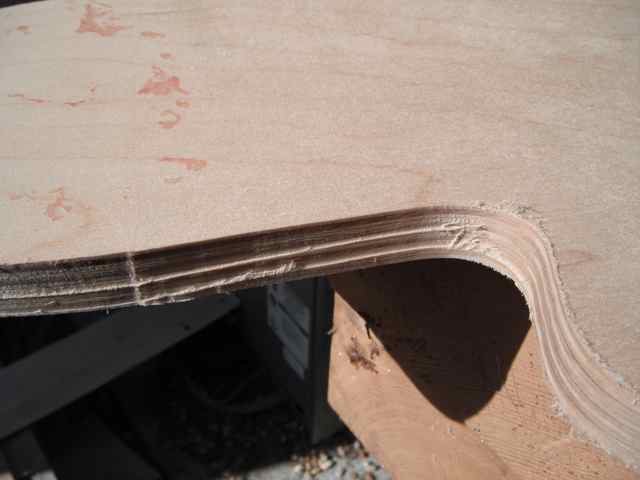Question
We have an old Diehl ripsaw which we use for everyday operations. The "tracking" is pretty bad, and it hooks away from the blade on the left side, and towards the blade on the right. I haven't been able to locate an owner's manual/find setup instructions, and I'm hoping someone here can direct me on how to get our saw back into alignment so it's a straight line rip saw, rather than a rocking chair part cutter. It has gotten so bad, I'm hand ripping everything for our moulders (2 Weinigs, a Profimat 23 6 head, and a 4 head Quattromat, the first of which is the subject of another dilemma).
The little Quattromat runs like a champ, the bigger machine jams constantly if stock isn't S4'ed perfectly. The tables/fences check out. My partner has over 18 years experience running Weinig moulders, and one of us has been to Weinig Tech school. We are all mechanically inclined and have been through this machine from top to bottom, but can't seem to find the source of the problem.
The Profimat was purchased used a couple months ago, and required extensive repair. The previous owners had literally destroyed the jointer table by beating stock through with a sledge hammer, and ramming stuck pieces with a forklift, the lube tank was filled with diesel fuel when we got it... Yeah, some real brainiacs. Everything has been fixed that we can find to fix, but the jamming problem is out of hand.
Forum Responses
(Architectural Woodworking Forum)
From contributor D:
In my experience with Diehl over the last 30 years, they are one company that is on hand, ready, willing and able to help get your saw running properly. The techs are very knowledgeable about the adjustments and troubleshooting of their saws. Just hope the chains have been switched back and forth over the years to even the wear, otherwise you may need chains and track. The parts are easily available, but expensive (being the heart of the saw). With very reasonable maintenance, those saws will run 2-3 shifts a day for years and years. One of the very best examples of American machine know-how, in solid cast iron.
Weinig is similar, as they also have a strong interest in seeing their machines perform well. Start with a call to their tech people and work from there. Jamming is not an unusual problem. And the forklift "solution" is more common than anyone wants to know.
I'll ask why with 4 molders, you don't run a gang rip? A sleeved or jump saw gang rip will get good blanks in much less time than a single blade. We changed from a single blade to a gang rip, and went from 30 clock hours to feed 2 molders for 60 hours, to about 8 hours. When looking at gang rips, glue line quality blanks will require a much more expensive machine (Mureen-Johnson) than just straight molder blanks (SCMI, Omga).
Also, before I call Diehl tomorrow, what are we looking at for new tracks/chains? $1k, $2k, more?
Weinig Profimat 23: the feed wheels are extremely dull compared to our Quattromat. Would you recommend resharpening them (and how do you sharpen them?) or should I simply replace them?
The right side fences and beds are straight and flat, but the left side fence and hold down shoes seem to require constant adjustment. I'm going to try making some parts out of UHMW as you suggested and see if that works out better. I have a good stock of various durometer tires for the soft rollers, and we use plenty of waxlit and paste wax the surfaces during every setup, so I'm on the same page in those regards.
I paid $7500.00 for chains and race about 15 years ago, and took 2 guys 2 days to do it, with good phone support from Diehl. But a new saw is over $35,000. I recently bought a 1976 saw, and the chains and race are worn, but will still give straight cut, but we don't need glue line quality. We did replace motor/arbor bearings for $2,000, and it sings like a champ.
When you call Diehl, have your serial number ready (the website tells you where it is), and they can look it up and tell you what parts have been shipped for that machine.
As for the Weinig, consider bringing in a tech to get it into shape. Then train two of your people to run it that way. I always encourage experimental problem-solving, but kept it on a rigid, change-only-one-thing-at-a-time type of program, so as to not lose the original settings. We went from struggling to get 3,000 l/f a day, to an average of 9,500 a day, with several head changes, on a basic 5 head machine.
There is a company that makes a nice adjustable outfeed top hold-down. It consists of a series of UHMW slats that can be let down onto the profile of the molding and then clamped in place via compressed air. I've seem them at the IWF show in Atlanta. Looked like a good trick, cost is about $4K. I've always meant to add one to our machine but something else always seems to be requiring money.
